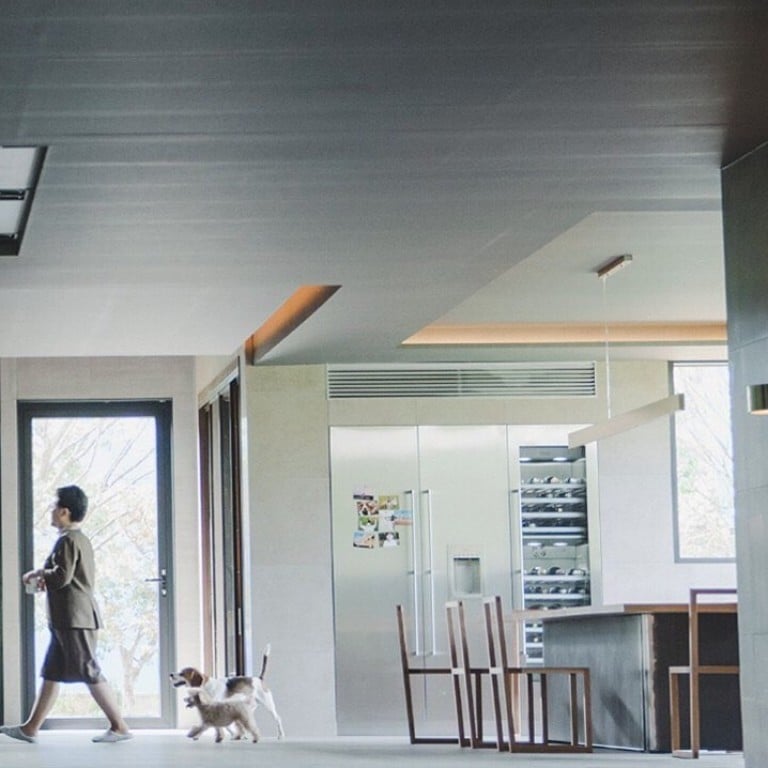Parasite: How director Bong Joon-ho used staircases to magnify the social divide between the Parks’ luxury home and the Kims’ semi-basement

Bong uses ‘verticality’ to show the class chasm between the Parks and Kims, and built their homes entirely from the ground up from personal experience
While filming Parasite, Oscar-winning director Bong Joon-ho called the project a “staircase movie”, a Vulture report reveals. Using verticality as the overall motif that runs through the entire film, Bong created both the Parks’ and Kims’ homes from scratch built on outdoor lots, together with set designer Lee Ha-jun. The latter revealed on Indiewire: “I’ve never created so many staircases while working on a film”.
The Parks’ state-of-the-art home
“They want to show off that they have this sophisticated taste,” Bong is quoted in an Architectural Digest interview. In lieu of a television set, the living room’s vast window wall allows the Parks to enjoy floor-to-ceiling views of their manicured lawn that boasts round-shaped plants.
The artwork and props are equally expensive: a US$120,000 forest created from stainless steel mesh by Park Seong-mo is in the living room; while US$50,000’s worth of cat art hanging on the second floor was created for the movie. Remember the trash can that was essential in framing the housekeeper with tuberculosis? It’s from a German brand and is priced at US$2,300.
The way “Kevin” arrives at the Park residence for the first time shows us a stark contrast in his family’s dwelling versus the Parks’: he ascends into the lawn bathed in sunshine. A home receiving a healthy amount of sunlight, the rest of the house is accentuated by natural light that gives its impeccable interiors a subtle glow, as if in a museum.
The only dreary part of the Park residence is the secret bunker below the basement. To get there, Lee created a long and winding staircase that seems endless. “Because it is a space unfamiliar to everyone, walking down the stairs actually takes your breath away. I think acting on such a set may have helped the cast’s performance,” Lee told Vulture.